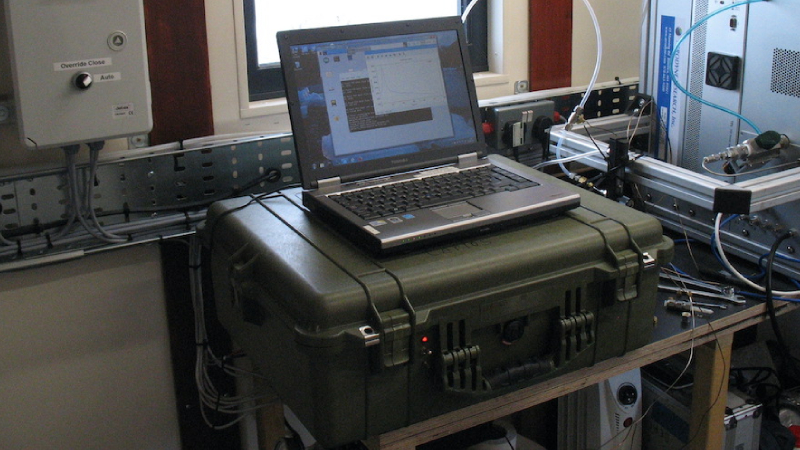- Dates1 Feb 2020-31 Mar 2025
- SponsorNatural Environment Research Council (NERC)
- Funded£127,164
- PartnersBritish Antarctic Survey, University of Exeter, University of Manchester, University of East Anglia
Our ability of to predict future temperatures and climate of the Southern Ocean and Antarctica is limited by the poor understanding of aerosol and cloud microphysics in the region. As part of the Southern Ocean Clouds (SOC) project, we will deploy Cranfield’s unique custom-built instrumentation (the iDirac) for long-term monitoring of aerosol precursors in the Antarctic Peninsula. These measurements will help identify the composition and sources of the aerosols that act as cloud-forming nuclei, leading to an improved representation of clouds in numerical models and to more accurate predictions of future climates.
Progress update
Cranfield's own custom-built gas chromatograph, the iDirac, was successfully installed in Rothera Station (Antarctica) at the end of February 2022 and is currently monitoring ambient concentrations of dimethyl sulphide (DMS), an important trace gas emitted by marine organisms and acting as a precursor to particulate matter and cloud condensation nuclei.

Further information
This project is part of CloudSense ('Uncertainty in climate sensitivity due to clouds'), a collaboration of a number of NERC funded projects. For more information, visit the CloudSense website.

